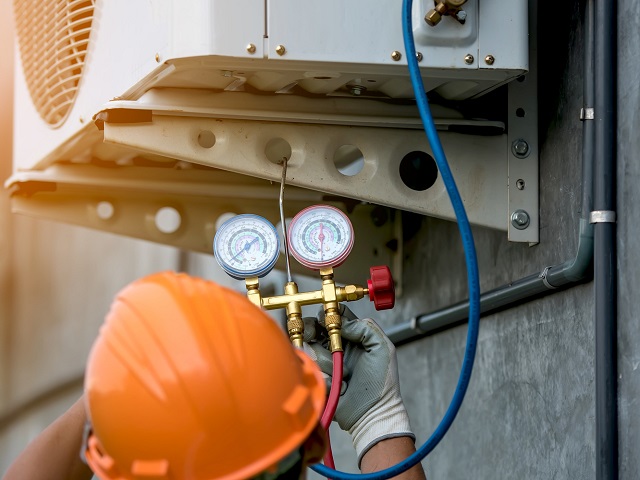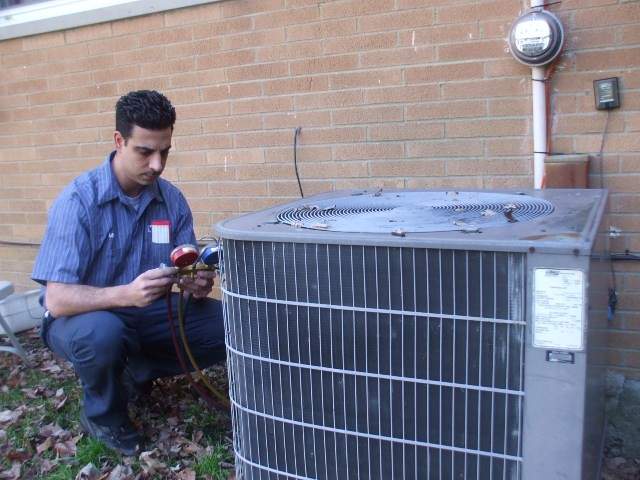Ductwork in Air Conditioning Systems

In the realm of air conditioning systems, the unsung hero that often goes unnoticed is the ductwork. While air conditioners get the spotlight for their cooling prowess, it is the intricate network of ducts that plays a pivotal role in ensuring the comfort and efficiency we have come to expect. This article delves into the importance of ductwork, exploring how it contributes to the overall effectiveness of air conditioning systems.
The Backbone of Comfort: Understanding Ductwork
Ductwork serves as the circulatory system of an air conditioning setup, responsible for transporting cooled or heated air throughout a building. Think of it as the veins and arteries that allow the lifeblood of temperature-regulated air to reach every nook and cranny. Properly designed and maintained ductwork is essential for achieving uniform cooling or heating, creating a comfortable environment for occupants.
Efficiency Matters: The Impact of Well-Designed Ducts
One of the primary reasons ductwork holds such significance is its direct influence on the efficiency of an air conditioning system. Well-designed ducts ensure that air travels with minimal resistance, reducing energy consumption and, consequently, utility costs. Leaks, blockages, or poor insulation in the ducts can compromise efficiency, leading to uneven cooling, increased energy bills, and potential strain on the HVAC (Heating, Ventilation, and Air Conditioning) system.
Comfort without Compromise: The Role of Duct Insulation
Duct insulation is a critical aspect often overlooked but holds profound implications for comfort and energy efficiency. Insulating ductwork prevents temperature loss during transit, ensuring that the conditioned air reaches its destination without unwanted fluctuations. Additionally, insulation minimizes condensation, preventing mold growth and maintaining indoor air quality.
Customization for Comfort: Flexible vs. Rigid Ductwork
The choice between flexible and rigid ductwork depends on the specific requirements of the space being cooled. Flexible ducts offer versatility, making them suitable for areas with complex layouts. On the other hand, rigid ducts are more robust and efficient for straight, unobstructed runs. Selecting the appropriate type of ductwork is crucial for optimizing the system’s performance and ensuring that comfort is not compromised.

Maintenance Matters: Preserving Ductwork Longevity
Regular maintenance of ductwork is vital for preserving its longevity and ensuring optimal performance. Periodic inspections, cleaning, and prompt repairs of any leaks or damage are essential steps to prevent potential issues. Neglecting ductwork maintenance can lead to reduced efficiency, increased energy consumption, and even the need for costly repairs.
Conclusion: Elevating the AC Experience Through Ductwork Mastery
In the grand tapestry of air conditioning systems, ductwork emerges as a silent yet indispensable force. Its meticulous design, efficient insulation, and proper maintenance are the pillars that uphold the promise of comfort and energy efficiency. Recognizing the importance of ductwork allows us to appreciate the seamless coolness or warmth that envelops us, making our indoor spaces havens of comfort. Are you looking for the best HVAC service? Then visit their page to learn more.
Remember, the next time you bask in the pleasant breeze of your air conditioner, it’s the intricate dance of ductwork that ensures every corner of your space is touched by the magic of temperature-controlled air.



